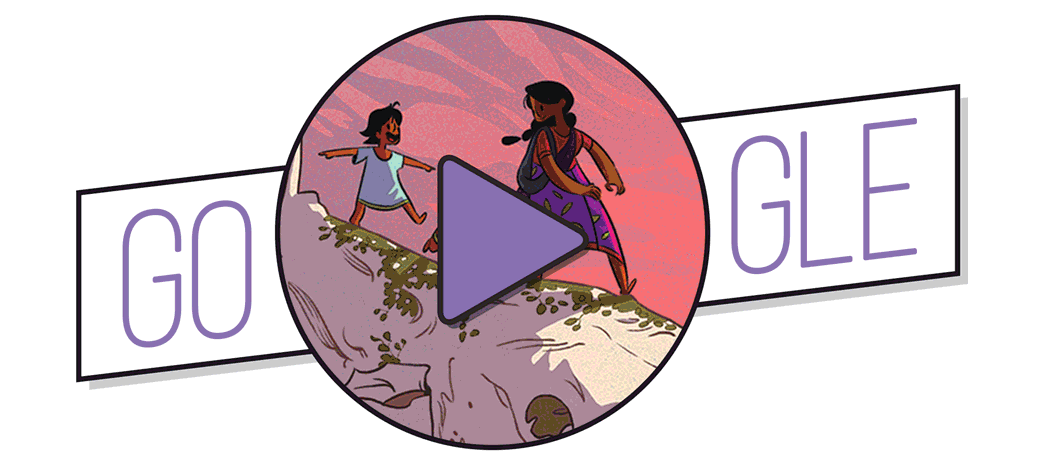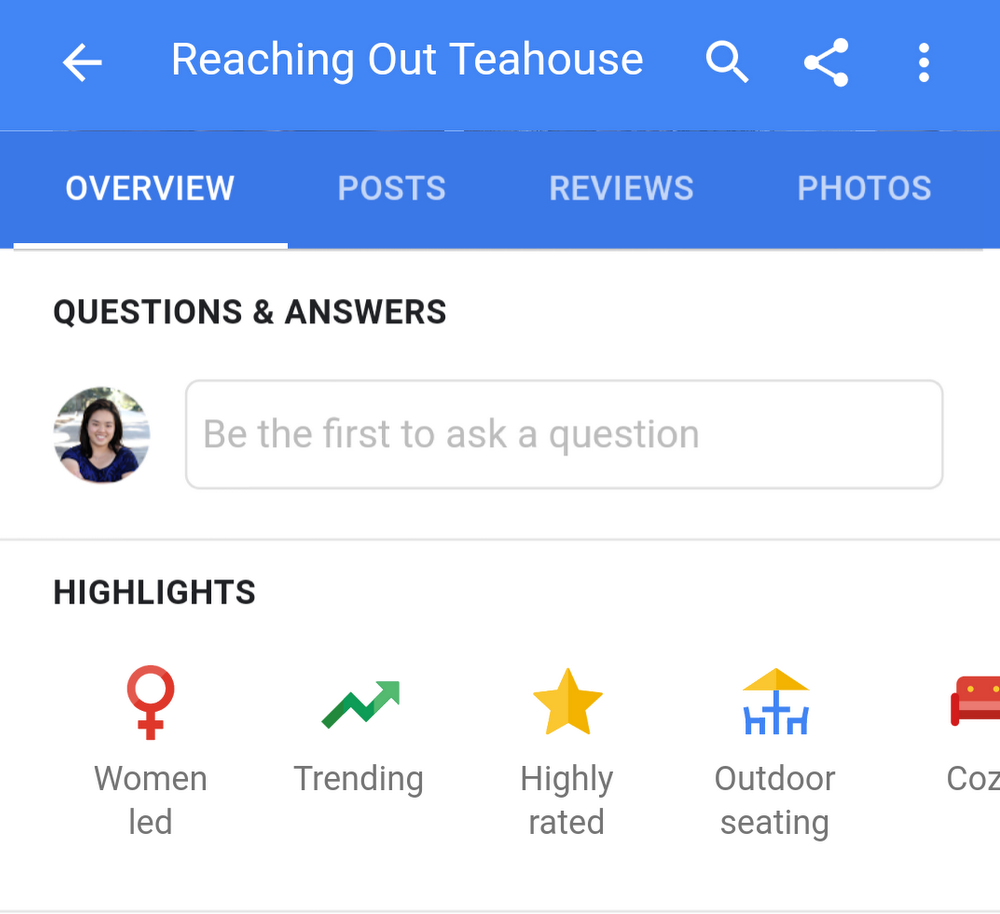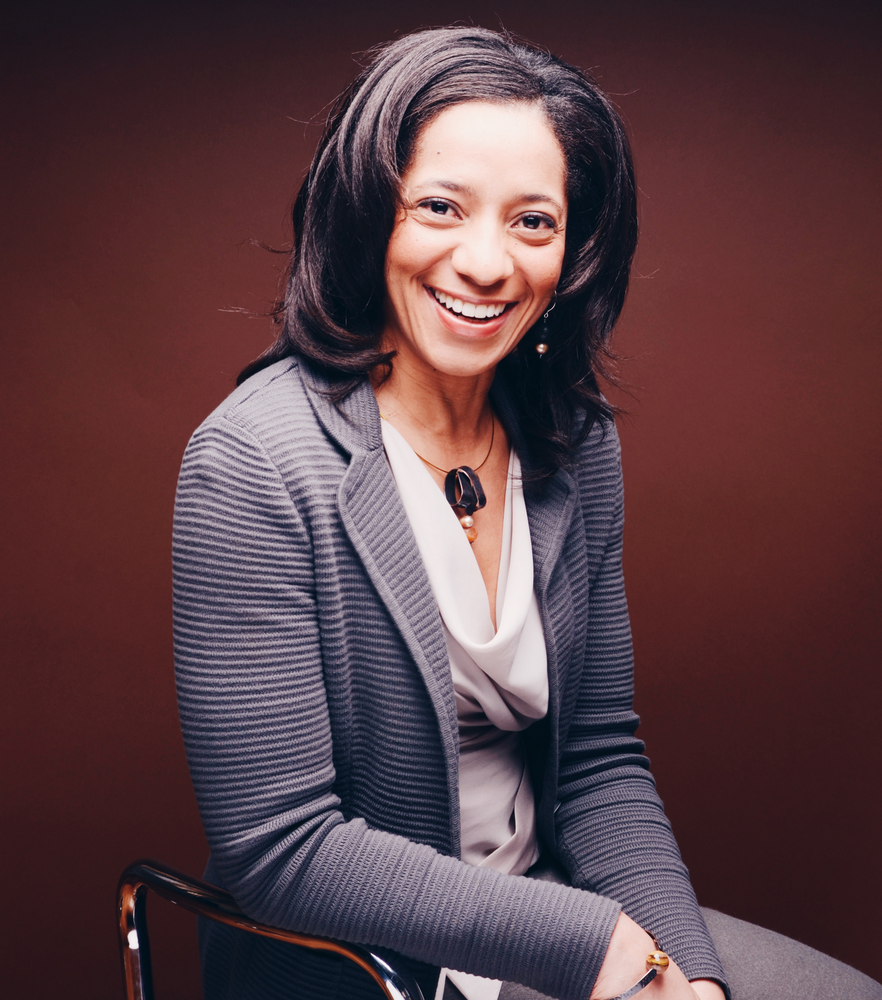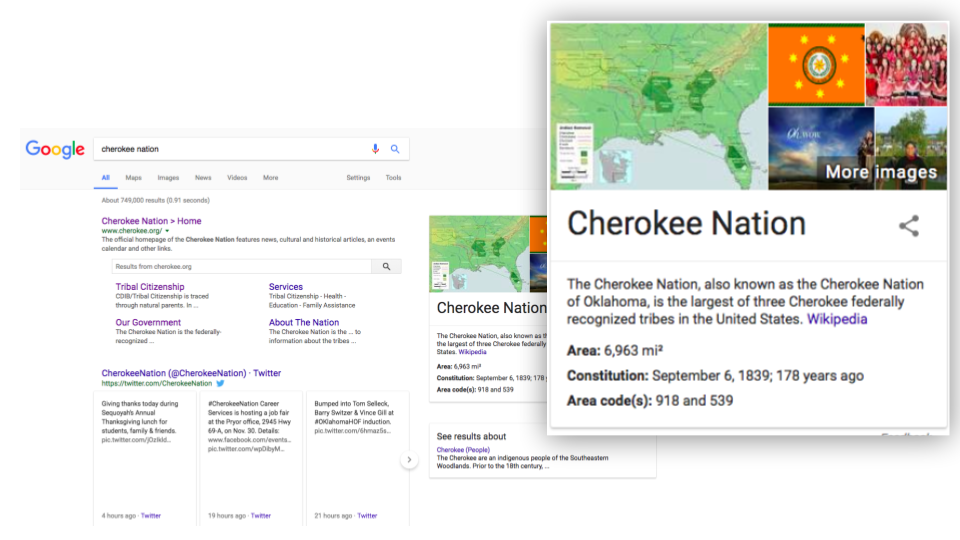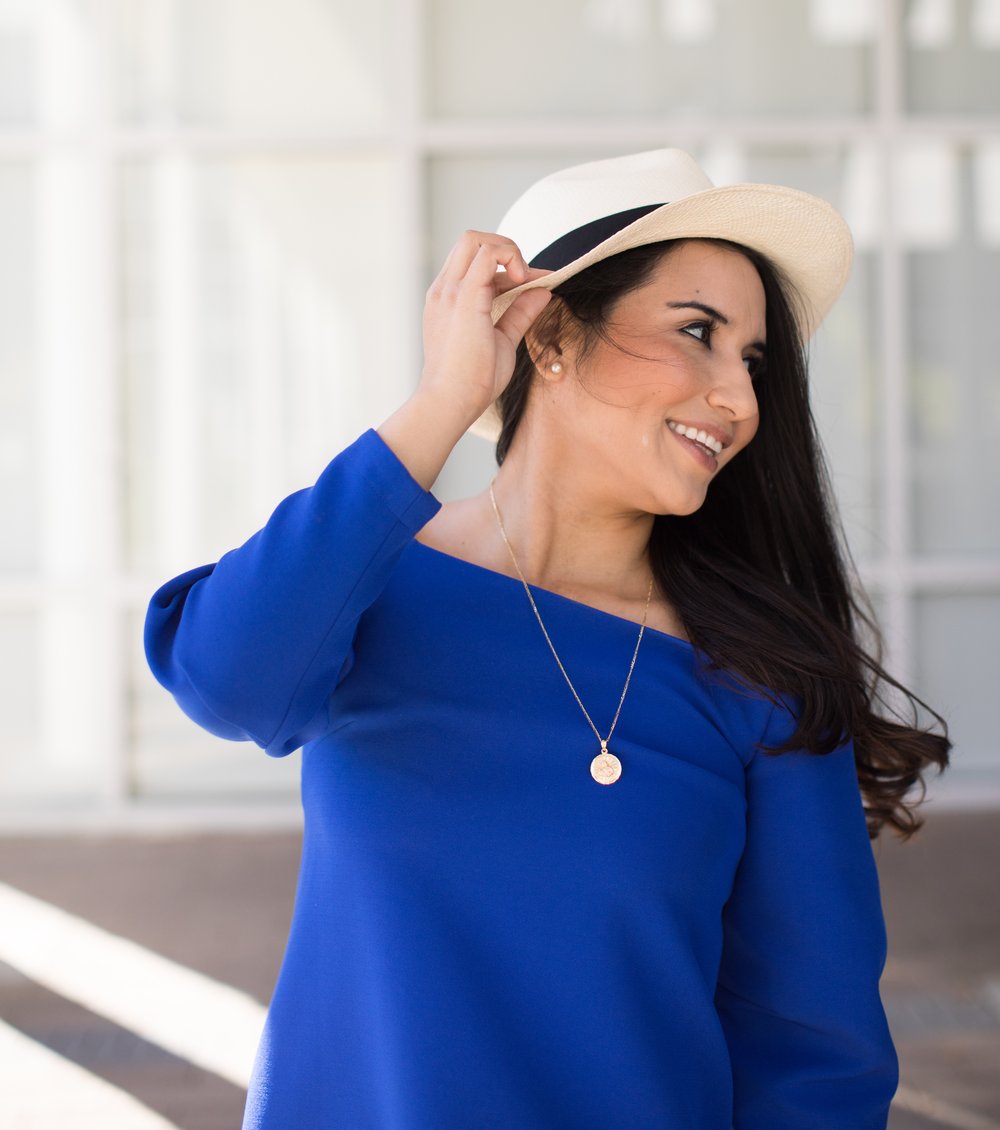Over one billion people in the world have some form of disability.
That’s why we make accessibility a core consideration when we develop new products—from concept to launch and beyond. It’s good for users and good for business: building products that don’t consider a diverse range of needs could mean missing a substantial group of potential users and customers.
But impairments and disabilities are as varied as people themselves. For designers, developers, marketers or small business owners, making your products and designs more accessible might seem like a daunting task. How can you make sure you’re being more inclusive? Where do you start?
Today, Global Accessibility Awareness Day, we’re launching a new suite of resources to help creators, marketers, and designers answer those questions and build more inclusive products and designs.
The first step is learning about accessibility. Simply start by downloading the Google Primer app and search “accessibility.” You’ll find five-minute lessons that help you better understand accessibility, and learn practical tips to start making your own business, products and designs more accessible - like key design principles for building a more accessible website. You may even discover that addressing accessibility issues can improve the user experience for everyone. For instance, closed captions can make your videos accessible to more people whether they have a hearing impairment or are sitting in a crowded room.
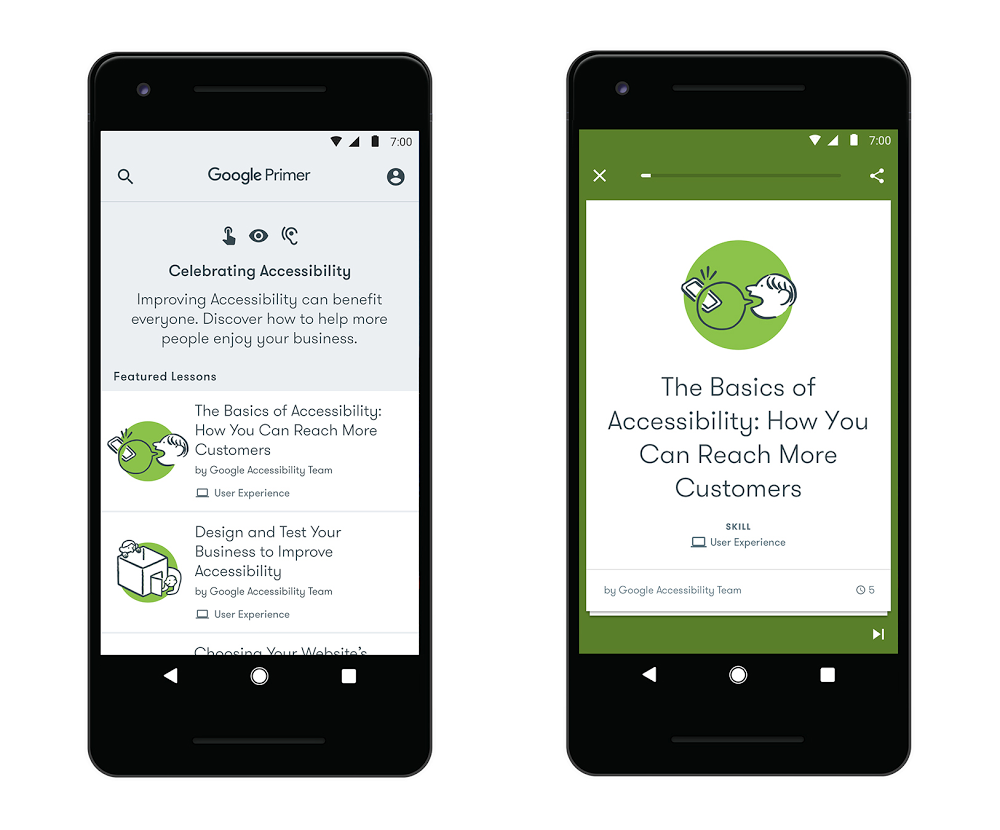
Next, visit the Google Accessibility page and discover free tools that can help you make your site or app more accessible for more people. The Android Developers site also contains a wide range of suggestions to help you improve the accessibility of your app.
We hope these resources will help you join us in designing and building for a more inclusive future. After all, an accessible web and world is a better one—both for people and for business.
